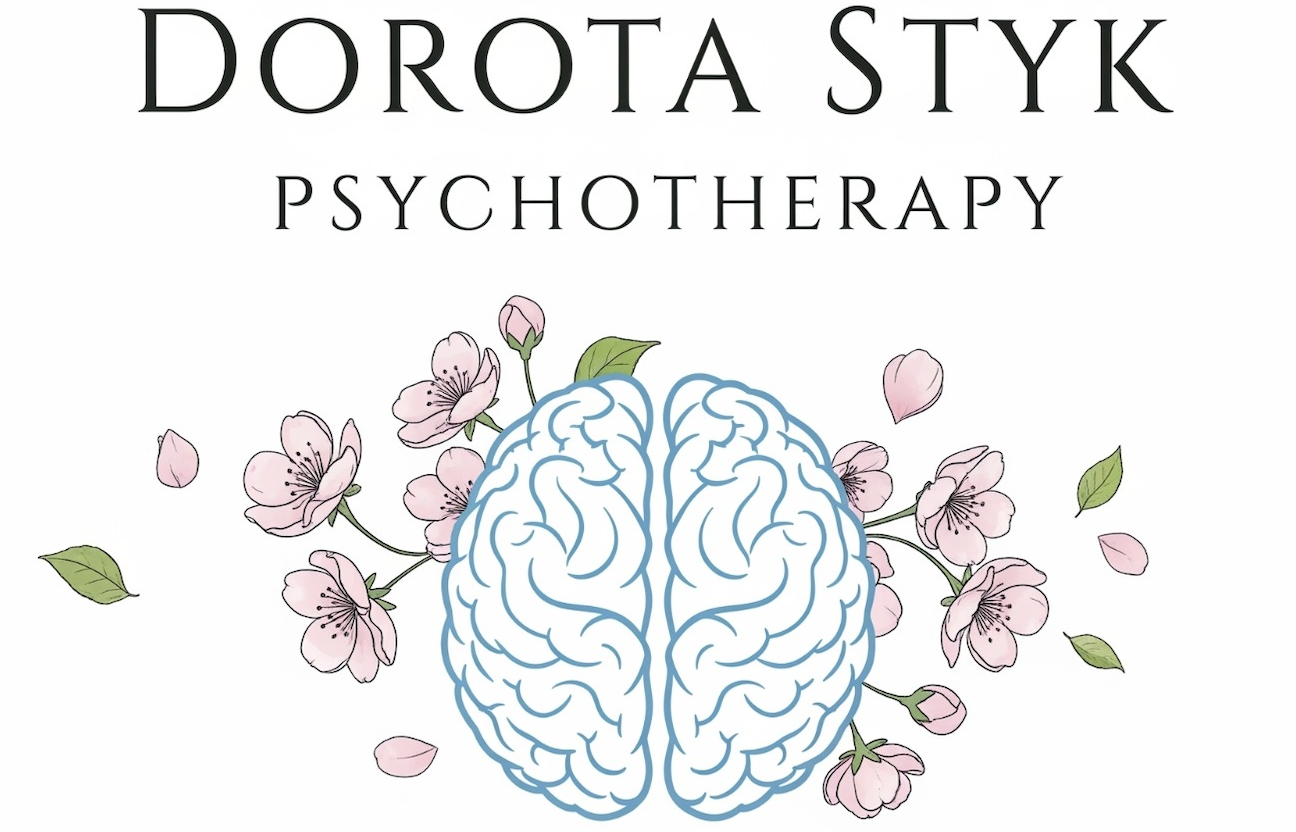Accessibility and Convenience
Online therapy provides greater accessibility to mental health services, especially for those in remote areas or with mobility issues (Andersson et al., 2014). Clients can attend sessions from the comfort of their homes, eliminating travel time and costs. This flexibility makes it easier to fit therapy into busy schedules (Wind et al., 2020).
Types of Online Therapy
Online psychotherapy can be conducted through various mediums:
- Video calls: Offering a face-to-face experience similar to in-person sessions
- Audio calls: Providing verbal communication without visual cues
- Text-based messaging: Allowing for asynchronous communication
- Email exchanges: Enabling thoughtful, written responses
(Barak et al., 2008)
Effectiveness
Research indicates that online therapy can be as effective as traditional in-person therapy for many mental health issues, including depression, anxiety, and PTSD (Carlbring et al., 2018). The therapeutic alliance can be successfully established and maintained in virtual settings (Simpson & Reid, 2014).
Privacy and Comfort
Some clients feel more comfortable opening up from the privacy of their own space. The perceived anonymity of online interactions can lead to increased disclosure and disinhibition (Suler, 2004).
Considerations
While online therapy offers many benefits, it’s important to ensure:
- The therapist is licensed and qualified to practice online
- The platform used is secure and compliant with privacy regulations
- Both therapist and client have a reliable internet connection
- Emergency protocols are in place for crisis situations
(Lustgarten et al., 2020)
Online psychotherapy has expanded access to mental health care, offering a flexible and effective alternative to traditional in-person sessions for many individuals seeking support (Backhaus et al., 2012).
References
Andersson, G., Cuijpers, P., Carlbring, P., Riper, H., & Hedman, E. (2014). Guided Internet-based vs. face-to-face cognitive behavior therapy for psychiatric and somatic disorders: A systematic review and meta-analysis. World Psychiatry, 13(3), 288-295.
Backhaus, A., Agha, Z., Maglione, M. L., Repp, A., Ross, B., Zuest, D., Rice-Thorp, N. M., Lohr, J., & Thorp, S. R. (2012). Videoconferencing psychotherapy: A systematic review. Psychological Services, 9(2), 111-131.
Barak, A., Hen, L., Boniel-Nissim, M., & Shapira, N. (2008). A comprehensive review and a meta-analysis of the effectiveness of internet-based psychotherapeutic interventions. Journal of Technology in Human Services, 26(2-4), 109-160.
Carlbring, P., Andersson, G., Cuijpers, P., Riper, H., & Hedman-Lagerlöf, E. (2018). Internet-based vs. face-to-face cognitive behavior therapy for psychiatric and somatic disorders: An updated systematic review and meta-analysis. Cognitive Behaviour Therapy, 47(1), 1-18.
Lustgarten, S. D., Elhai, J. D., Kim, E., & Regan, T. W. (2020). Telemental health services during COVID-19: A systematic review of the literature. Journal of Technology in Behavioral Science, 5(4), 361-375.
Simpson, S. G., & Reid, C. L. (2014). Therapeutic alliance in videoconferencing psychotherapy: A review. Australian Journal of Rural Health, 22(6), 280-299.
Suler, J. (2004). The online disinhibition effect. CyberPsychology & Behavior, 7(3), 321-326.
Wind, T. R., Rijkeboer, M., Andersson, G., & Riper, H. (2020). The COVID-19 pandemic: The ‘black swan’ for mental health care and a turning point for e-health. Internet Interventions, 20, 100317.

